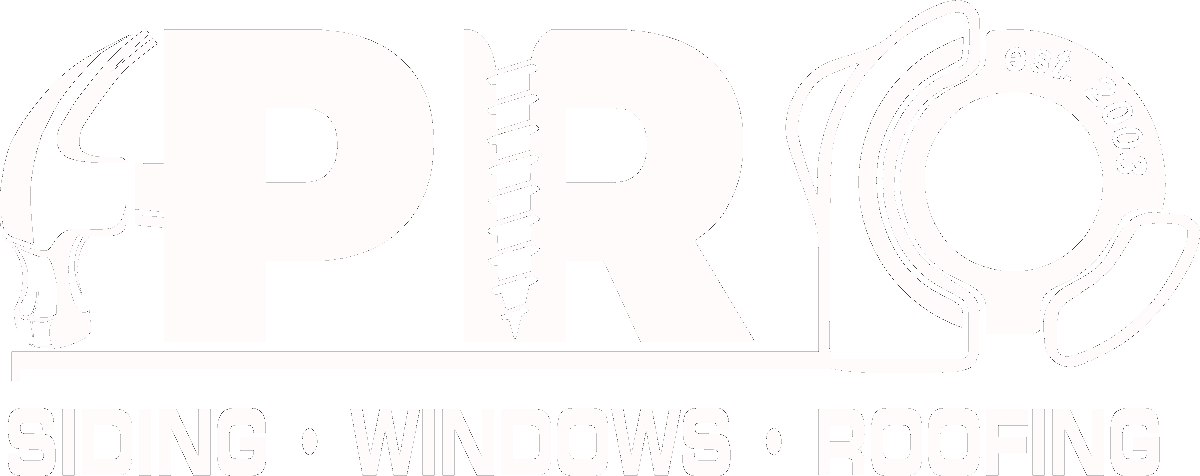Top-Rated Siding Installation in Iowa Park
Why Siding Installation is Important in Iowa Park
Temperatures in Iowa Park vary from low to high. On the other hand, high UV rays and occasional hailstorms become more destructive to siding than they are in milder climates. Cracking, fading, warping, or water intrusion may indicate that your current siding is not functioning properly.
In other words, good siding:
- Protects against moisture and pest invasions
- Helps stabilize indoor temperatures and thus conserve energy.
- It protects framing and insulation, thereby increasing structural integrity.
- Minimizes maintenance and repair time in the long run
Choosing the right kind of Iowa Park siding is more than picking a color; you will want to consider durability, weather resistance, energy efficiency, and maintenance needs.
Business Hours
- Mon - Fri
- -
- Sat - Sun
- Closed
Payment Types
Types of Siding Available for Installation
In Iowa Park, among the different forms of siding chosen for installation, each has its own pros and cons, with questionable suitability to our climate.
Vinyl Siding
Vinyl siding is the most popular choice for residential construction. It is durable, easy to maintain, and can be found in an assortment of styles and colors. While vinyl siding can resist insect and fungal attacks, extreme heat and impact, such as hail, can compromise its strength.
Best for: An economical choice that is flexible in design with minimum downtime required for upkeep.
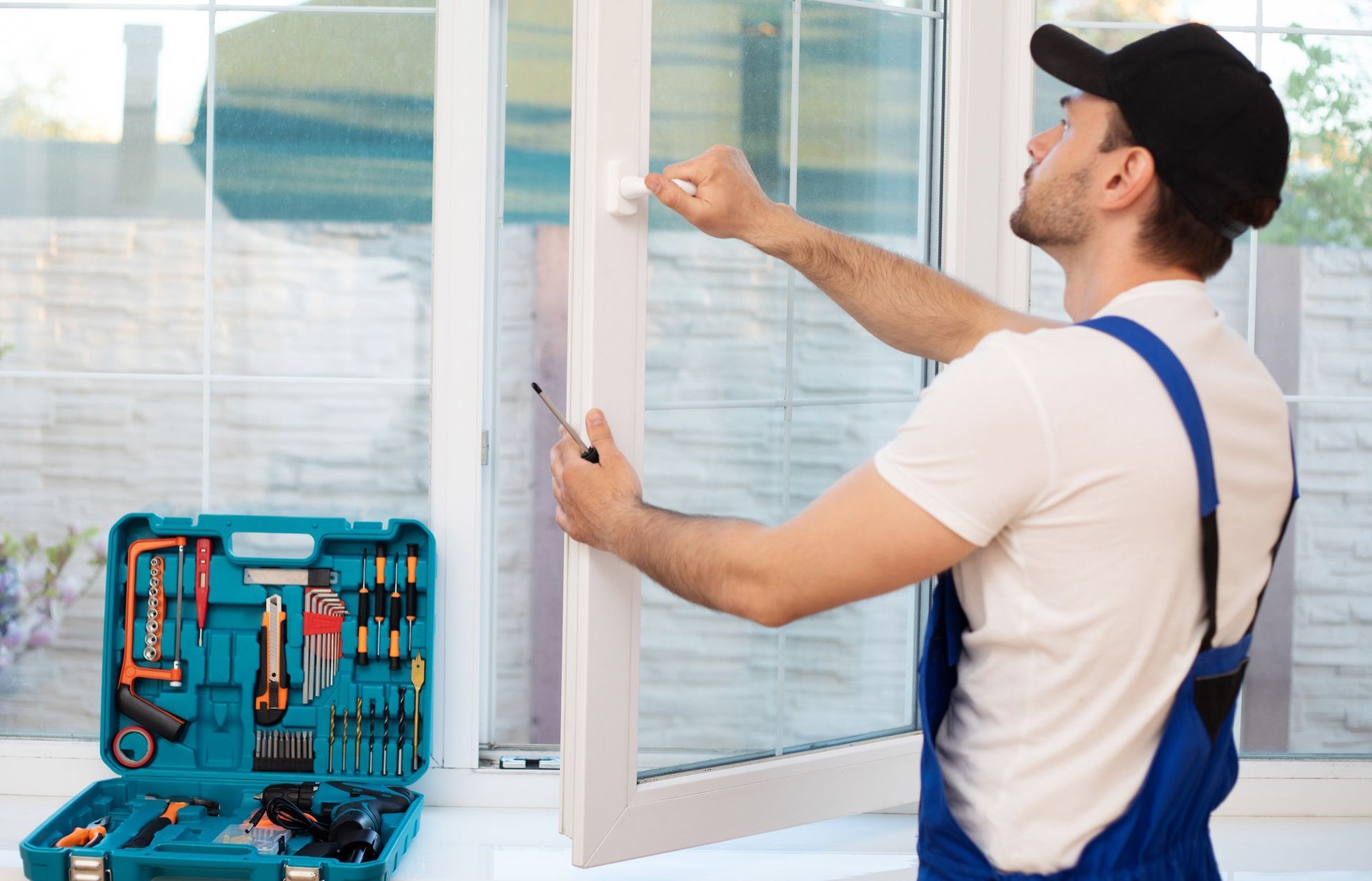
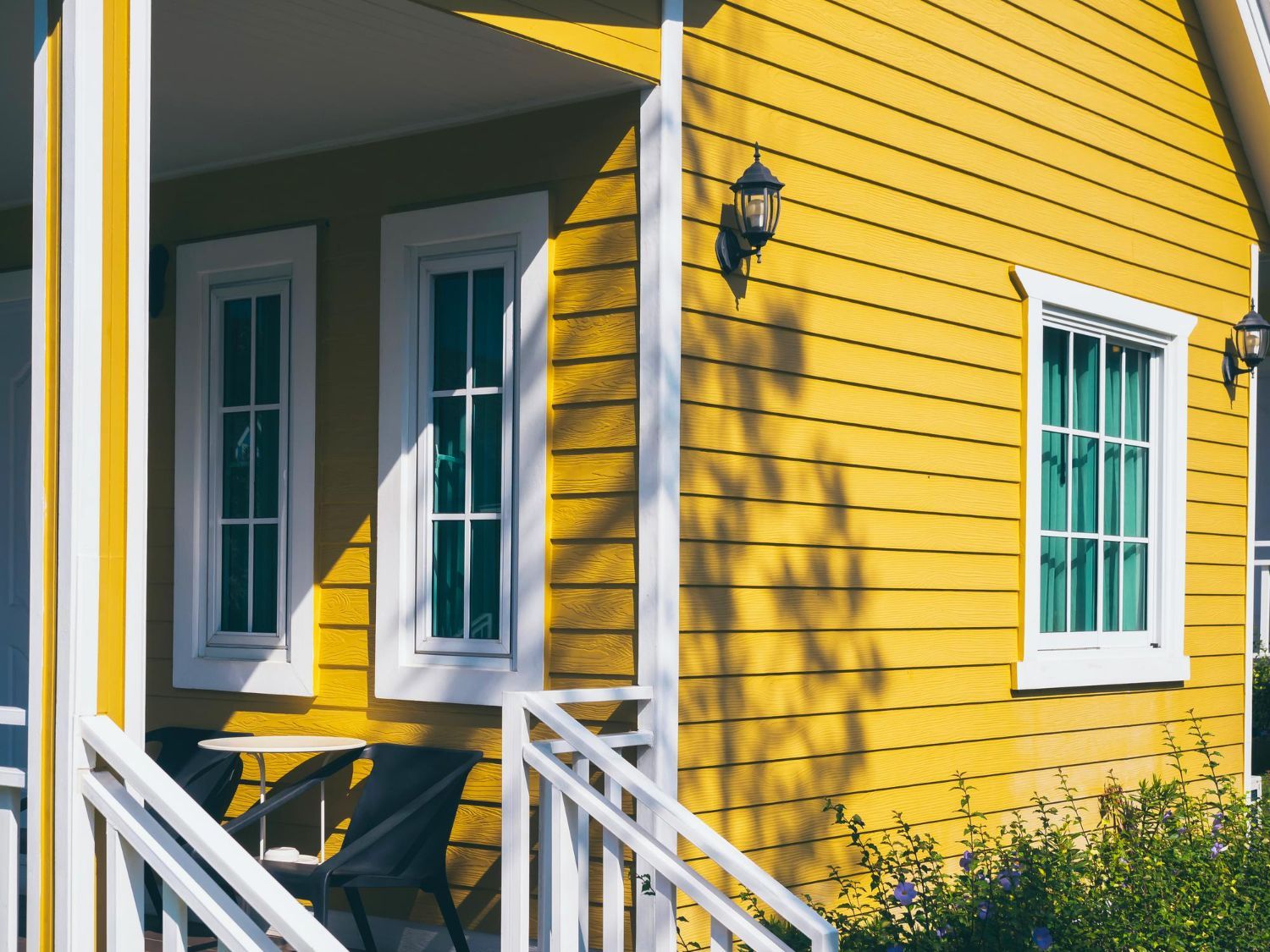
Fiber Cement Siding
Wood Siding
Wood siding has a classic charm and is an excellent insulator. Conversely, it requires constant maintenance to remain protected from rot, termites, and mold, mainly in humid areas or places with heavy rainfall.
Best for: This type of siding is best suited for homeowners who prioritize aesthetics and are willing to commit to regular maintenance.

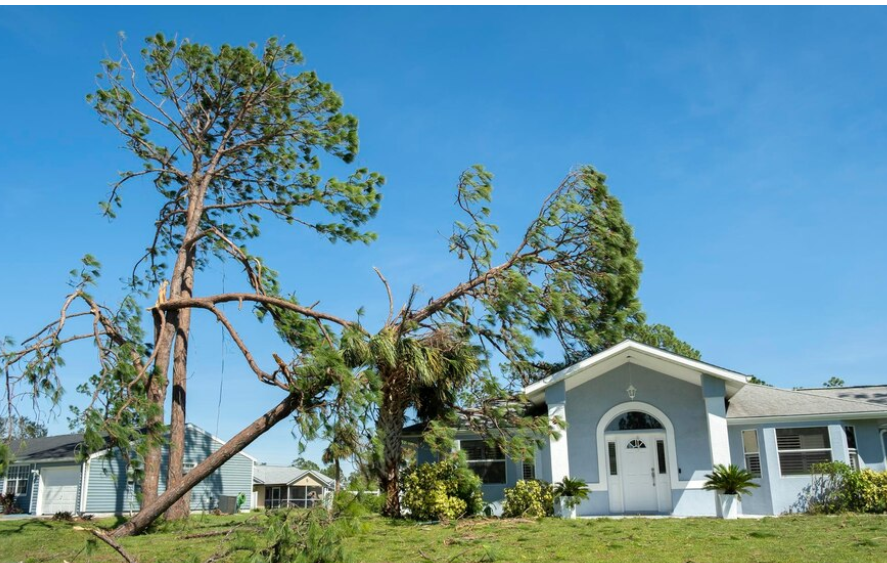
Engineered Wood Siding
It is a treated wood product that looks like real wood but is extra durable and resistant to moisture and insects. It is more cost-effective than fiber cement and easier to install.
Best for: The ones looking for wood-like appearances, but ones with better resistance to environmental wear.
Metal Siding (Aluminum or Steel)
Metal siding is well-suited to satisfy aesthetic modernism and industrial-strength performance. It can withstand windstorms and is resistant to fire and rot, but it may dent more easily than other materials.
Best for: Homeowners needing rugged protection with a sleek or contemporary look.
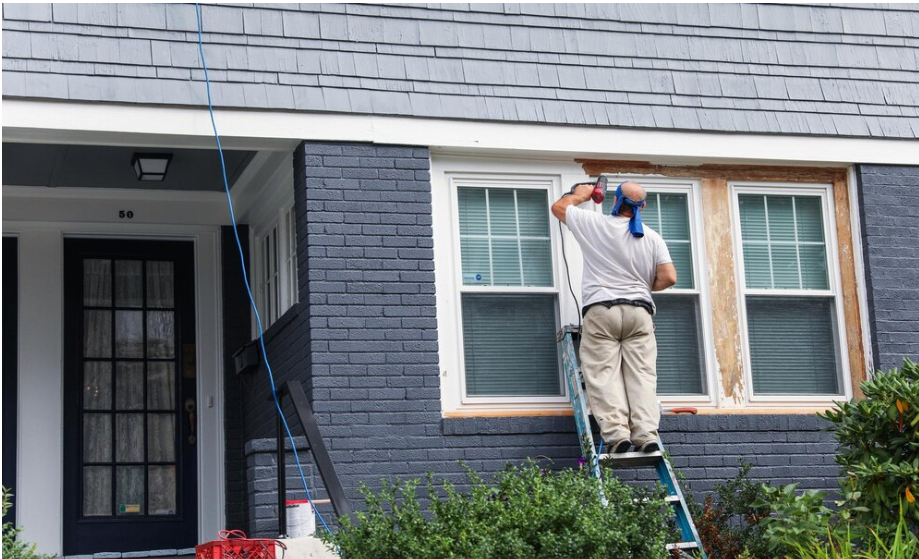
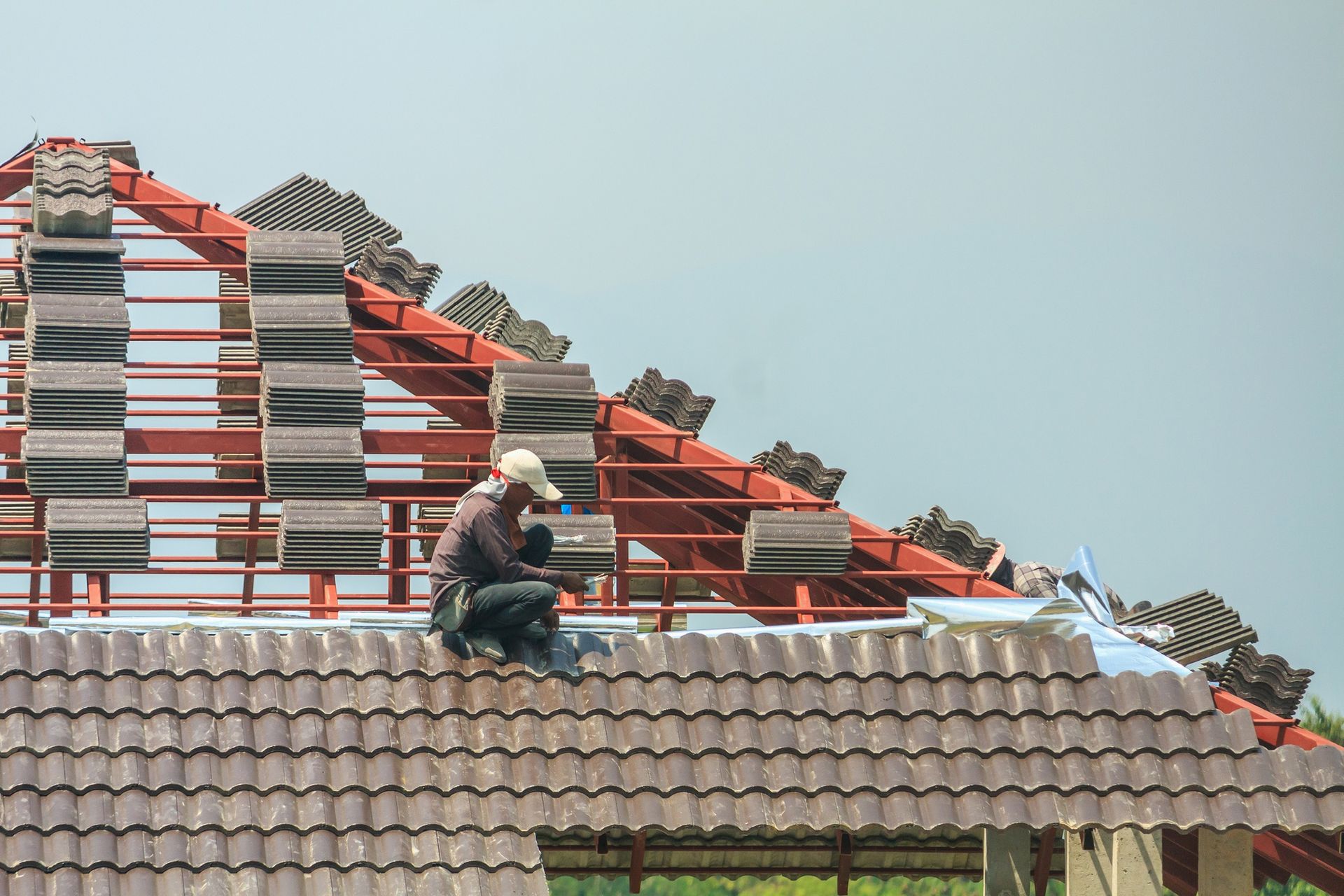
Custom Exterior Solutions
Each home is different, and we try to provide professional exterior solutions that meet every customer’s demands. We offer color consultation services and choose materials and architectural features to personalize your home.
When selecting solutions, we consider such aspects as exposure to the sun, existing local architectural solutions and energy performance of the building that would simultaneously look good and function successfully in our climate conditions.
What to Expect During Siding Installation
All of these steps are indicative of the installation process. From replacing old siding to putting in new siding, the application is thus looked at.
Step 1: Inspection & Planning
A site visit is usually performed first to assess the condition of your existing siding, sheathing, and framing. Measurements are taken, and the appropriate materials are ordered based on square footage and architectural features.
Step 2: Removal of Existing Siding
The old siding is taken out with care, and the condition of the underlying structure is checked afterward. Any wood rot, mold, or insulation damage is repaired or replaced if found.
Step 3: Weather Barrier Installation
Normally, a house wrap or felt paper is a weatherproof barrier found on the sheath underneath and toward the wind and moisture ingress.
Step 4: Flashing & Trim Work
Installation of flashings occurs in windows, doorways, and corners to avoid water incursion. Areas for starter strips and corner trims shall be secured/fastened.
Step 5: Making the Siding
Siding panels or boards are manufactured for compatibility and attached according to manufacturer-recommended fasteners. Installers leave space for expansion and contraction, mostly in use with vinyl and engineered products.
Step 6: Finishing Touches
Once siding is installed, trim boards are caulked, vents are reinstalled, and cleanup begins. Some siding types (like fiber cement) may require on-site painting or staining.
Home Insulation & Energy Efficiency
Installing siding is an excellent opportunity to assess the energy performance of your home. Many modern siding systems are also equipped to work with rigid foam board insulation or house wrap to improve their R-values while avoiding air leaks.
A few homeowners also take all of this and install or replace old attic insulation, or they depend on installing new windows that seem energy inefficient, resulting in much better comfort all year round, along with reduced utility bills.
How to Choose a Qualified Siding Contractor
Siding is to increase aesthetics, but it is not limited to that—it reduces moisture and harmful attacks by weather in terms of durability. When hiring a contractor to install siding, consider the following factors:
Licensing & Insurance: Confirm that you have a contractor bearing liability insurance and workers' comp coverage.
Experience with the Chosen Material: For example, vinyl and fiber cement require very different handling techniques.
Local Knowledge: The contractor, being familiar with Wichita County's climate and building codes, can better anticipate issues related to wind uplift or sun exposure.
References & Portfolio: Ask for past job pictures and run a check with older clients.
Detailed Estimate should break down materials, labor, permits, disposal, and optional upgrades.
Common Siding Problems Iowa Park Homeowners Face
TThe bad news is that even the best siding can develop issues over time, especially due to the effects of North Texas weather. Here is what to look for:
- Warping or Buckling: Caused either by improper installation or exposure to the sun for long hours.
- Faded or Chalky Finish: Implies UV degradation, particularly in older vinyl or painted wood.
- Water Stains or Mold: Most probably means moisture is penetrating behind the siding from failed flashing or gaps.
- Pest Damage: Termites, birds, and squirrels are capable of penetrating poorly maintained siding and particularly wood varieties.
- Loose or Missing Panels: High winds, hail, or bad fastening can loosen some sections.
Regular maintenance and timely repairs will help prevent these minor issues from escalating into structural catastrophes.
Siding Installation Near Me, Iowa Park?
If you have been searching for "siding installation near me" or "home siding replacement in Iowa Park," it is likely that you are evaluating your options and looking for genuine answers—not just vague information. Choosing the right siding and installer will ensure you receive years of protection, energy efficiency, and peace of mind.
Whether you plan to make over the whole exterior or replace one side that has been damaged, siding installation is an investment in your home’s longevity. Knowing the right questions to ask and which materials are more suitable for our local environment empowers you to take control of the process.
FREQUENTLY ASKED QUESTIONS
How long does it take to install siding in Iowa Park?
Most residential jobs take between 3 and 7 days, depending on the weather, type of materials, and whether old siding has to be ripped off first.
What is the best siding against heat and hail conditions in Texas?
Fiber cement and engineered wood work best under extreme conditions. Vinyl is an economical choice for siding, but it cannot withstand impacts or high temperatures.
Is it acceptable to apply new siding on top of the old siding?
Yes, in some cases, particularly vinyl siding. Still, most professionals would recommend removing the old siding to inspect for hidden damage and putting up a proper moisture barrier.
How frequently should siding be replaced?
Well-installed siding lasts 20–50 years, depending on the material. Any fading, warping, or water stains are signs that it may need to be replaced sooner.
In Iowa Park, do I need a permit for siding work?
Yes. Most siding installation projects require a local building permit to ensure the work meets code compliance—especially in cases that involve structural changes or insulation upgrades.
